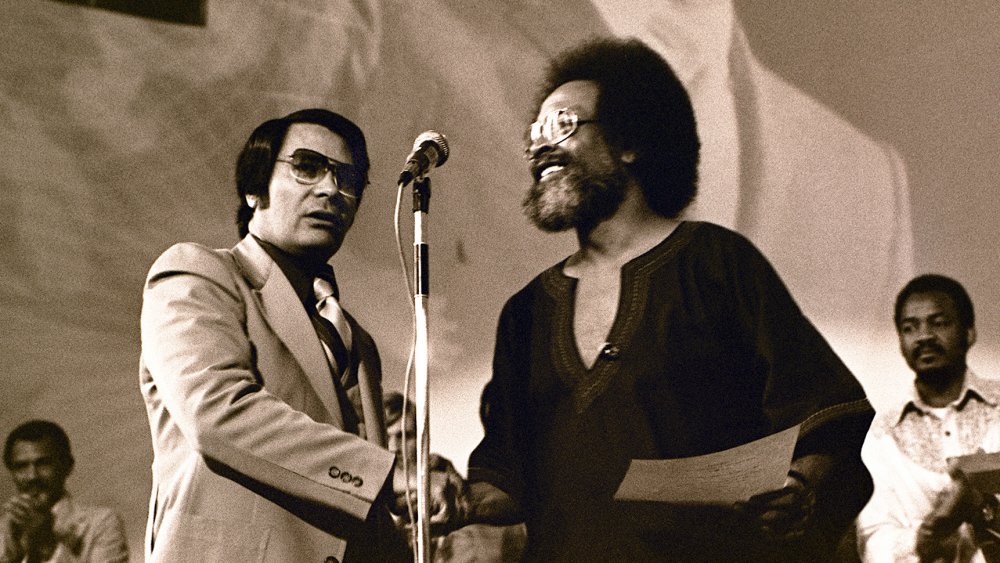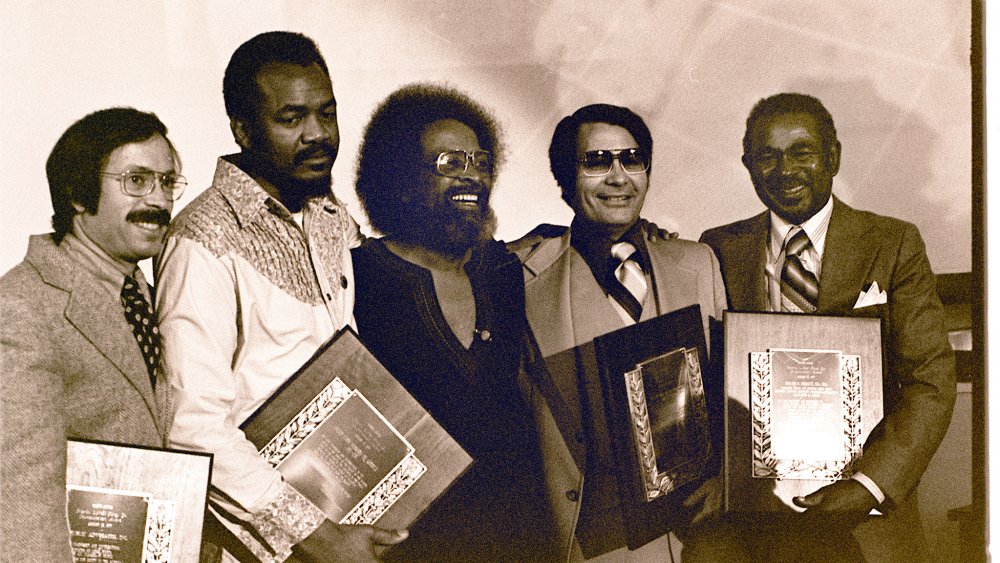How Jim Jones Really Started His Infamous Cult
A cult leader's first convert is themselves. No matter how obviously skeevy or devious they may seem to outside observers, the leader remains the hallowed object of self-worship, and their own most zealous believer. Former FBI Counterintelligence Agent Joe Navarro writes that after extensively studying dangerous cult leaders such as Charles Manson, Warren Jeffs, David Koresh, and Jim Jones, he noticed a common thread: pathological narcissism. Navarro explains, "They all have or had an over-abundant belief that they were special, that they and they alone had the answers to problems, and that they had to be revered."
Convincing others to share that belief led to the 1978 Jonestown Massacre in Guyana, where more than 900 disciples of Reverend Jim Jones died from ingesting or possibly being injected with poison at Jones' behest, via Rolling Stone. Among them were more than 300 teenagers and young children. Beforehand, U.S. Congressman Leo Ryan was gunned down, while trying to help a handful of disillusioned followers flee. How did so many people end up trusting Jones so much that they would upend and ultimately end their lives for him?
Jones' divine reinvention
A self-anointed savior of the masses, Jim Jones ordained himself as a minister, according to History. However, he didn't attract his flock by simply declaring himself the second coming of sliced bread. He relied on inspiring acts and outlandish charm. Jones partly funded his future cult, the People's Temple, by working as a door-to-door monkey salesman — and yes, they were live monkeys.
The People's Temple began as a storefront church in Indianapolis, per NPR. It also stood at the forefront of local civil rights efforts. Established sometime between the late 1940s and mid-1950s, it was racially integrated and played a prominent role in desegregating Indiana. After relocating to San Francisco, the Temple devoted itself to uplifting the downtrodden. Members mobilized a medical program for the poor that provided free meals, drug rehab, and legal assistance. It was catnip for people who wanted to make a difference.
Rolling Stone notes that Jones ripped pages from the playbook of Father Divine, an African American preacher who was once regarded as a god by his congregants. In 1965, Jones even claimed to be the reincarnation of Divine in a failed effort to recruit the late preacher's adherents. He also saw himself as divine in a more literal sense. As Jones' pulpit evolved into a pedestal, he proclaimed himself a deity. He performed bogus "cancer healings" and even staged his own death and resurrection. Unfortunately, he had only just begun to play god.

